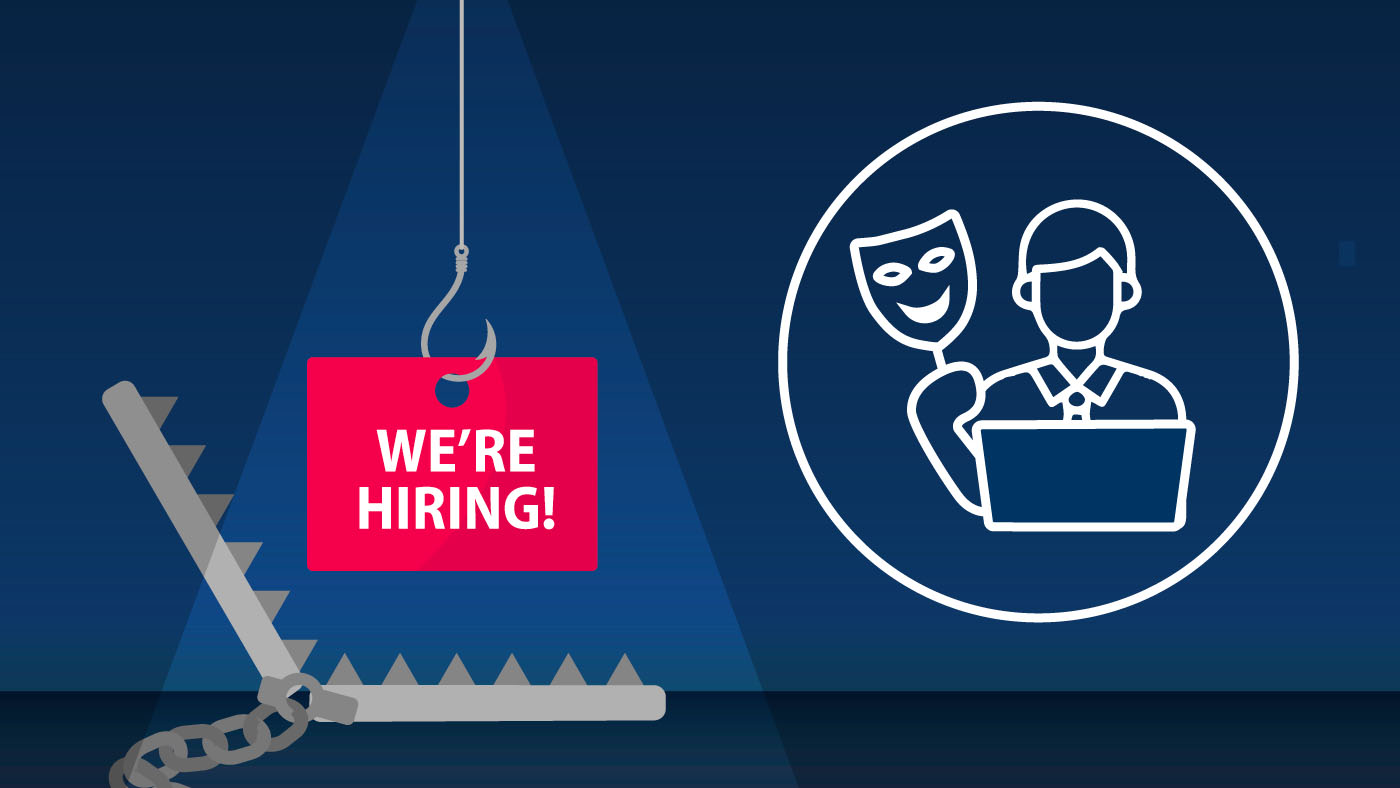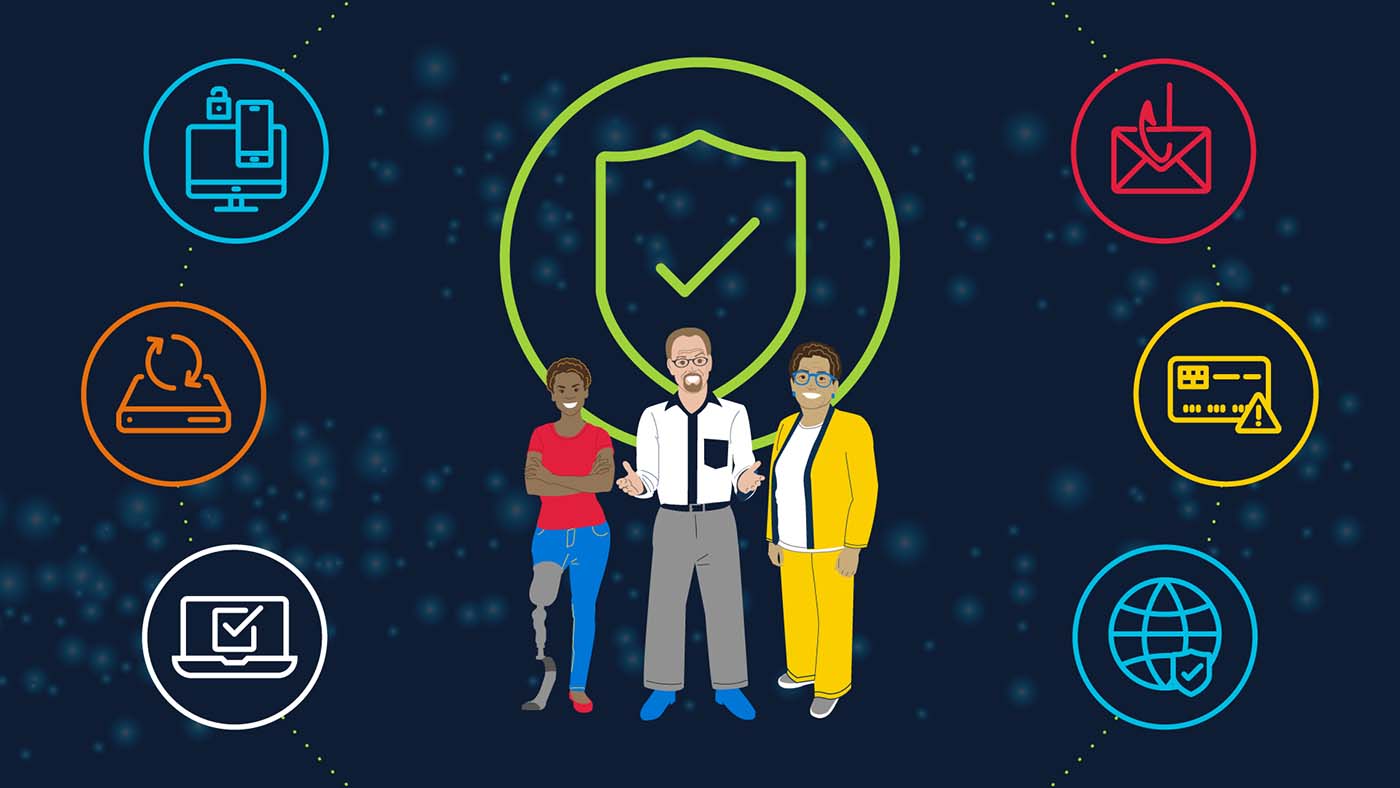Social media is essential in linking us with friends, family, and people from all over the globe to communicate instantly. But learning about and following online safety tips is crucial to managing our online presence and staying safe.
What are social media safety concerns?
Most of us are registered with many social media sites and services, including those we signed up to try but no longer use. The proliferation of social media is changing us: how we keep up with friends, find love matches, consume news, purchase goods, and fill our spare time.
The problem is, while we’re scrolling through our feeds trying to quench our brain’s thirst for new information, we’re also contributing to the world’s largest pool of market research and leaving room for companies across the globe to access our personal information. Even worse, significant data breaches continue to happen across social media sites.
Myspace was the first social media site to reach one million monthly active users back in 2004. Today, platforms like YouTube, WhatsApp, Instagram, TikTok, Twitter, and Snapchat have billions of users, with Facebook hosting a titanic 2.96 billion monthly active users. A 2021 study shows over 4.26 billion people use social media sites worldwide. In the United States, users spend over two hours on social media daily.
Follow these safety tips
Given our average time on social media, now is as good as any time to check our security settings and protect our data with these quick tips:
- Always select the highest privacy settings. For example, make your page visible to your friends only by choosing the “Private Account” option available in your user settings.
- Enable two-factor authentication. Use two-factor authentication when available to prevent hackers from accessing your account. Most leading social media platforms offer this verification process as a simple way to enhance account protection.
- Disable location features. Turn off location services when not actively using them in a map app to help conceal your location from third parties.
- Choose a strong and unique password. Use a unique password that includes 8 to 12 letters, numbers, and symbols for each one of your social media accounts. Don’t repeat passwords and be sure to change your passwords regularly. You can also use a password manager, which will notify you if any stored login information is comprised.
- Avoid suspicious friend requests. Do not accept friend requests from strangers or duplicate friend requests.
- Understand your digital footprint. Consider what you post and who can access it.
- Keep an eye out for scams. For example, never click on links or engage with unsolicited direct messages (DMs).
- Protect your kids. Criminals prey on kids using social media. Their personal information can be at risk if they are not updating their security settings.
Social media has two settings: on and off.
While the most obvious way to secure personal data on social media is to remove ourselves from social media sites, many of us want to maintain connections with family and friends. Social media platforms have gained so much popularity that experts anticipate they will remain the communication medium of choice for the next decade.
By staying on social media, it’s vital to understand our data is exposed and to take precautions. Using social media — like most things in our lives — is about finding balance.






